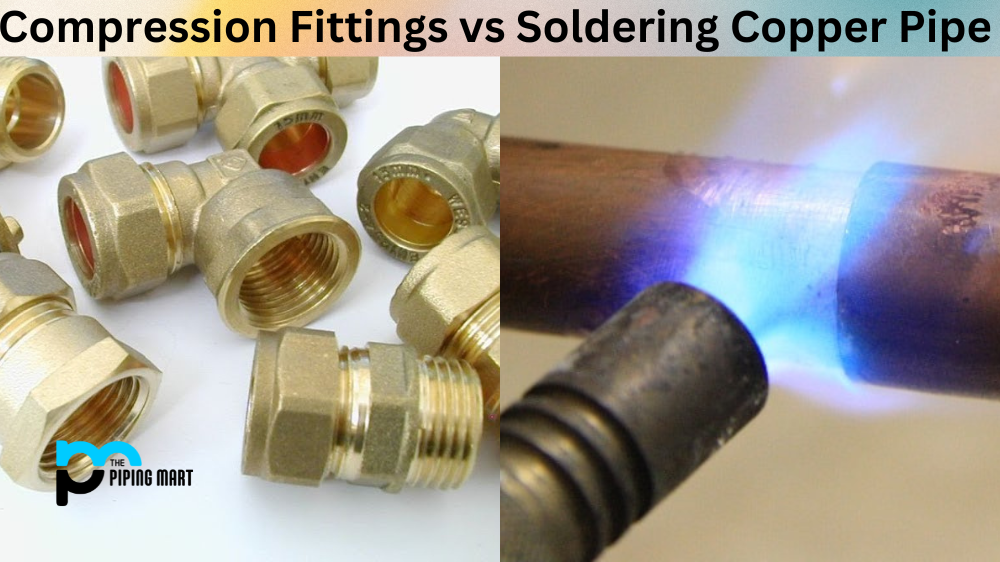When it comes to metalworking, choosing the right type of metal can be a challenge. Different metals offer different properties, which makes them better suited for specific applications. In this blog post, we’ll be comparing two popular metal types—phosphor bronze and stainless steel—to help you make an informed decision when selecting the right metal for your project. Let’s get started!
What is Phosphor Bronze?
Phosphor bronze is an alloy made up of copper and tin with a small amount of phosphorus. It is widely used in components such as bearings, bushings, springs, instrument strings, electrical contacts, gears, valves, and fasteners. Its strength-to-weight ratio makes it ideal for applications that require both strength and flexibility. Additionally, phosphor bronze has excellent corrosion resistance due to its unique composition.
Phosphor bronze is widely used in the aerospace industry due to its low expansion coefficient, which helps reduce stress on components. It is also widely used in marine applications such as boat propellers because of its strong resistance against saltwater corrosion. This makes it an excellent choice for any application where high levels of performance are needed in harsh environments.
What is Stainless Steel?
Stainless steel is an alloy made up of iron and chromium with other elements such as nickel or molybdenum added to enhance its properties. It is commonly used in medical instruments, kitchen appliances, cutlery, construction materials (such as rebar), structural components (such as beams), automotive parts (such as exhaust systems), industrial equipment (such as pumps), and more. It offers great durability due to its strong corrosion resistance and ability to withstand high temperatures without losing its tensile strength.
In addition, stainless steel has excellent heat resistance, which makes it suitable for high-temperature applications such as cookware or exhaust systems. Stainless steel is also non-magnetic, which means it can be used in applications where magnetic interference needs to be minimized, such as medical equipment or electronic components like hard drives or circuit boards. Its relatively low cost compared to other metals makes it very attractive for many different types of projects, from construction projects to jewelry making or home appliances like refrigerators and dishwashers.
Phosphor Bronze vs Stainless Steel Metals
When comparing these two metals side by side, it’s easy to see why they are so often used in similar applications; they both offer great strength and corrosion resistance while remaining lightweight compared to other metals, such as cast iron or steel alloys. However, there are some key differences between the two that may affect your decision-making process when selecting a metal for your project requirements – phosphor bronze has greater elasticity than stainless steel, while stainless steel has better tensile strength than phosphor bronze. Additionally, phosphor bronze is softer than stainless steel, which means it can be machined more easily but also can wear out faster under heavy loads or abrasive conditions. Generally speaking, phosphor bronze is best suited for lighter loads or applications that require greater flexibility, while stainless steel works better for heavier loads or harsher environments where corrosion resistance is critical.
Composition
The primary difference between phosphor bronze and stainless steel is their composition. Phosphor bronze contains copper, tin, and phosphorus, while stainless steel contains iron, chromium, and nickel. This difference in composition gives each metal different properties.
Properties
Due to their different compositions, phosphor bronze and stainless steel have different properties. Phosphor bronze is stronger than stainless steel but is not as resistant to corrosion. Stainless steel is less strong than phosphor bronze but is more resistant to corrosion.
Applications
The different properties of phosphor bronze and stainless steel make them suitable for different applications. Phosphor bronze is often used in electrical applications due to its high electrical conductivity, while stainless steel is often used in food preparation and medical applications due to its resistance to bacteria
Conclusion
As you can see from the comparison above, there are pros and cons associated with each material depending on the application requirements at hand – choosing between phosphor bronze vs. stainless steel should ultimately come down to what kind of environment you’re working in as well as what type of load/flexibility you need from your product design. For many projects, either one could do the job, but ultimately it will be up to you to decide which metal works best given your specific circumstances!

Pipingmart is a B2B portal that specializes in metal, industrial and piping items. Additionally, we share the latest information and information about materials, products and various types of grades to assist businesses that are involved in this business.




